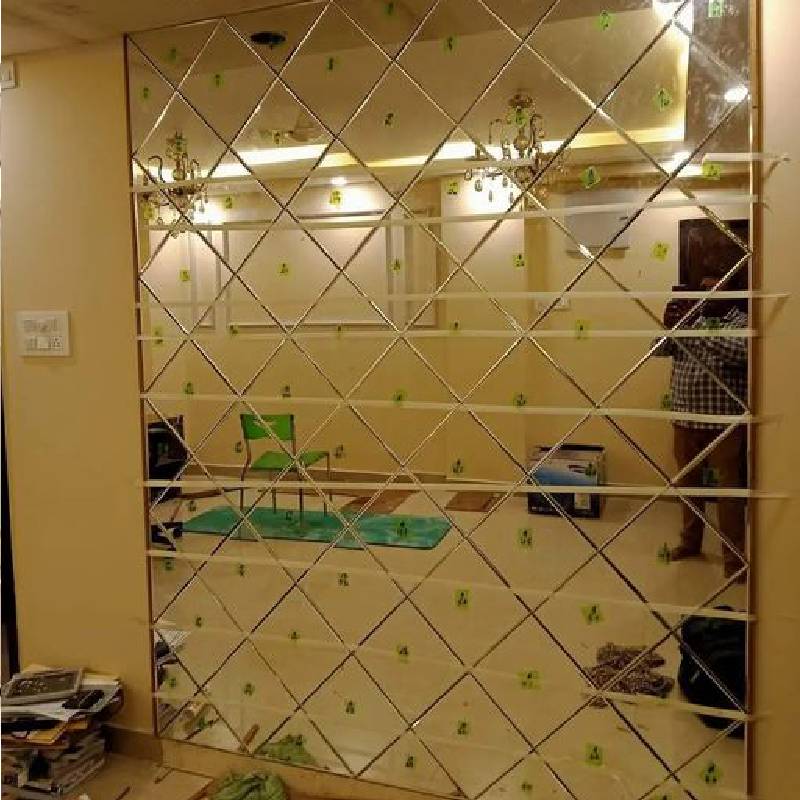The Rise of Tinted Glass Manufacturers Enhancing Aesthetics and Functionality
In recent years, the demand for tinted glass has significantly increased, transforming the market dynamics for manufacturers specializing in this niche. Tinted glass is not just a visual choice; it serves multiple functional purposes including glare reduction, UV protection, and energy efficiency. This article delves into the various aspects surrounding tinted glass manufacturers, the technology involved, the benefits, and the future of the industry.
The Technology Behind Tinted Glass
Tinted glass is created by adding color to the glass during the manufacturing process. This coloration can arise from various methods, including the addition of metal oxides or through the application of surface coatings. Manufacturers have made substantial advancements in tinting technology, allowing for a variety of shades and levels of transparency. Furthermore, the development of low-emissivity (Low-E) glazing has enhanced the functionality of tinted glass, combining aesthetic appeal with energy-efficiency standards required in modern architecture.
Benefits of Tinted Glass
One of the most prominent advantages of tinted glass is its ability to reduce glare and heat gain from sunlight. This makes it ideal for both residential and commercial buildings, especially in regions with high sun exposure. By lowering the amount of solar heat entering a building, tinted glass helps maintain a comfortable indoor environment while reducing the reliance on air conditioning systems, which translates to lower energy bills.
Additionally, tinted glass protects interior furnishings from fading due to UV light. This is particularly important for retailers or homeowners investing in high-end furniture, art, or floor coverings that can be easily damaged by constant exposure to sunlight.
Tinted glass also offers a level of privacy without compromising natural light. Depending on the shade, it can obscure the view from outside while still allowing occupants to enjoy daylight, addressing privacy concerns in residential settings and public spaces alike.
The Market Demand
The global tinted glass market has witnessed robust growth. Factors such as the increasing adoption of energy-efficient buildings, the rise in commercial construction activities, and a growing consumer awareness of the benefits of tinted glass are driving this surge. Architects and designers are increasingly specifying tinted glass for new projects, understanding its role in sustainable building practices.
tinted glass manufacturer
Moreover, innovations in smart glass technology have begun to disrupt traditional tinted glass applications. Electrochromic and photochromic glass can change tint in response to environmental conditions, offering a dynamic solution that traditional tinted glass cannot replicate. Tinted glass manufacturers are now faced with both challenges and opportunities to adapt to these new technologies.
Sustainability and Eco-Friendly Practices
As with many industries, sustainability has become a crucial focus for tinted glass manufacturers. Many are adopting eco-friendly practices, from sourcing raw materials responsibly to implementing recycling programs for production waste. For instance, several manufacturers are now producing tinted glass from recycled materials, reducing the environmental impact associated with new glass production.
The use of solar control glass systems, which can include tinted elements, is also growing among manufacturers. These systems help buildings reduce their energy consumption, contributing to LEED certifications (Leadership in Energy and Environmental Design) that are increasingly sought after in the construction industry.
Future Trends
Looking ahead, the future of tinted glass manufacturers seems promising. As technology continues to evolve, companies that invest in innovation and sustainable practices are likely to outpace their competitors. The integration of artificial intelligence in production processes, for instance, can lead to increased efficiency and improved quality control.
Furthermore, the trend towards smart homes and buildings presents a new avenue for tinted glass manufacturers. Collaborations with tech companies may lead to developing integrated solutions that combine aesthetics, energy efficiency, and smart technology for enhanced user experience.
Conclusion
The tinted glass manufacturing sector is at an exciting juncture, driven by innovation, market demand, and a collective push towards sustainability. As manufacturers refine their techniques and embrace new technologies, tinted glass is poised to play an increasingly vital role in modern architecture and design. Whether reducing energy costs, enhancing privacy, or simply offering aesthetic beauty, tinted glass remains an essential component of contemporary living and working spaces. With the right strategies, tinted glass manufacturers can thrive in this evolving landscape, contributing meaningfully to the industry and the environment alike.
 Afrikaans
Afrikaans  Albanian
Albanian  Amharic
Amharic  Arabic
Arabic  Armenian
Armenian  Azerbaijani
Azerbaijani  Basque
Basque  Belarusian
Belarusian  Bengali
Bengali  Bosnian
Bosnian  Bulgarian
Bulgarian  Catalan
Catalan  Cebuano
Cebuano  Corsican
Corsican  Croatian
Croatian  Czech
Czech  Danish
Danish  Dutch
Dutch  English
English  Esperanto
Esperanto  Estonian
Estonian  Finnish
Finnish  French
French  Frisian
Frisian  Galician
Galician  Georgian
Georgian  German
German  Greek
Greek  Gujarati
Gujarati  Haitian Creole
Haitian Creole  hausa
hausa  hawaiian
hawaiian  Hebrew
Hebrew  Hindi
Hindi  Miao
Miao  Hungarian
Hungarian  Icelandic
Icelandic  igbo
igbo  Indonesian
Indonesian  irish
irish  Italian
Italian  Japanese
Japanese  Javanese
Javanese  Kannada
Kannada  kazakh
kazakh  Khmer
Khmer  Rwandese
Rwandese  Korean
Korean  Kurdish
Kurdish  Kyrgyz
Kyrgyz  Lao
Lao  Latin
Latin  Latvian
Latvian  Lithuanian
Lithuanian  Luxembourgish
Luxembourgish  Macedonian
Macedonian  Malgashi
Malgashi  Malay
Malay  Malayalam
Malayalam  Maltese
Maltese  Maori
Maori  Marathi
Marathi  Mongolian
Mongolian  Myanmar
Myanmar  Nepali
Nepali  Norwegian
Norwegian  Norwegian
Norwegian  Occitan
Occitan  Pashto
Pashto  Persian
Persian  Polish
Polish  Portuguese
Portuguese  Punjabi
Punjabi  Romanian
Romanian  Russian
Russian  Samoan
Samoan  Scottish Gaelic
Scottish Gaelic  Serbian
Serbian  Sesotho
Sesotho  Shona
Shona  Sindhi
Sindhi  Sinhala
Sinhala  Slovak
Slovak  Slovenian
Slovenian  Somali
Somali  Spanish
Spanish  Sundanese
Sundanese  Swahili
Swahili  Swedish
Swedish  Tagalog
Tagalog  Tajik
Tajik  Tamil
Tamil  Tatar
Tatar  Telugu
Telugu  Thai
Thai  Turkish
Turkish  Turkmen
Turkmen  Ukrainian
Ukrainian  Urdu
Urdu  Uighur
Uighur  Uzbek
Uzbek  Vietnamese
Vietnamese  Welsh
Welsh  Bantu
Bantu  Yiddish
Yiddish  Yoruba
Yoruba  Zulu
Zulu 

